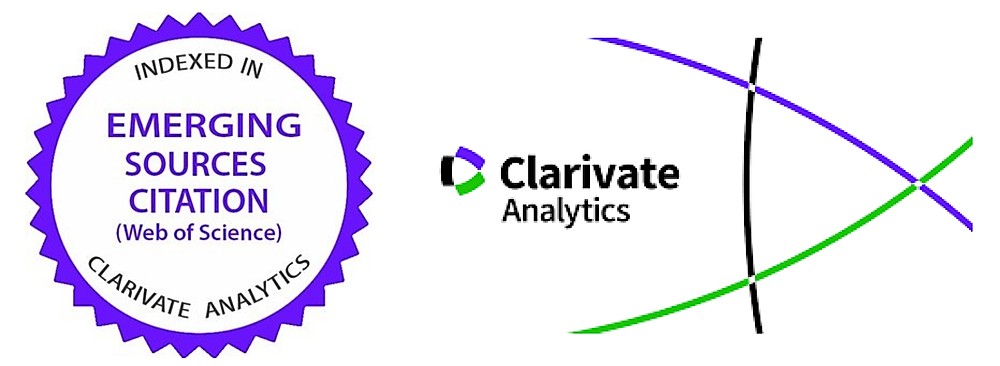The Role of Internalization of Discount Factor on Households’ Behavior Using DSGE Model
Abstract
This study attempts to examine the behavior of households in the Iranian economy within the framework of a dynamic stochastic general equilibrium model with the changes made in the endogenous discount factor. To this end, this study will review the existing economic literature to introduce two dynamic stochastic general equilibrium models for the economy and define two scenarios: The first model is: the endogenous discount factor. The second model: the endogenous discount factor without internalization. Considering the second-order unconditional moments observed in the two models, we can say that the calculation of the equilibrium dynamics by solving the log-linear approximation associated with a set of equilibrium conditions provides obvious and defensible results. The predictions of both models indicate upward fluctuations in the consumption, output and investment variables. The model also predicts that the components of aggregate demand are in the direction of the trade cycle, and there is a correlation between the variables and GDP. Predicting the correlation of the model's variables can be justified by the assumption of clear preferences and technologies. On the other hand, the main finding of this study is that in the second model, by changing the endogenous discount factor during the intermittent business cycles, the dynamic paths are almost the same. Still, the fluctuations and correlations of some components of aggregate demand will be different from the first model.



























